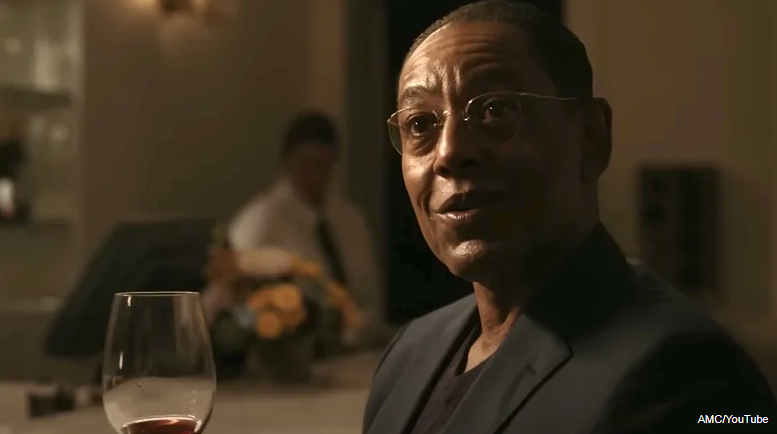Giancarlo Esposito Found Challenging
When it comes to the endless stream of big bads that came and went through the collective 11-season run of “Breaking Bad” and “Better Call Saul,” few were bigger, or badder than Gustavo “Gus” Fring. Played with subdued, yet soul-shaking malice by Giancarlo Esposito over the course of both series’ celebrated runs, Gus outlasted, outwitted, or merely executed almost every single player on the meth-addled chess board en route to taking over the backing Cartel’s nefarious operations. And to say he showed no mercy towards his enemies would be a grievous understatement.
In fact, Gus typically went out of his way to make things personal when dispatching those who dared to cross him, with Esposito performing every ghastly act with the dead-eyed rancor of a robotic demon. During the character’s multi-series reign of terror, that icy, emotionless facade was allowed to crack only on the rarest of occasions.
As Esposito recounted to Entertainment Weekly, one such scene — which finds Gus flashing a fleeting glimpse of humanity while visiting an upscale restaurant — was among the most challenging he filmed as the character, because it hardly felt like playing Gus at all. “I’m so used to walking into a room and controlling it,” the actor told EW, adding “And to be in that lounge and having to think about, ‘How do I play Gus not like Gus anymore and have that moment of vulnerability?’ To me, it’s just not natural?”
Esposito found it tough to portray flirty Gus

The scene in question plays out during the ninth episode of the final season of “Better Call Saul,” which finds, among many other things, Gustavo Fring smoothing over his endgame with Lalo Salamanca (Tony Dalton) with his Cartel bosses. Once in the clear, Gus steps out on the town for a drink at his favorite restaurant. There, he has an extended, and openly flirtatious encounter with the Maître d’ David (Reed Diamond). The typically wound-tight Gus seems on the verge of rapture throughout. He even manages to smile on a couple of occasions.
If you’ve seen that disarming, even charming interaction, it’s clear why Giancarlo Esposito might’ve had trouble wrapping his head around it as it presents a softer version of Gus no one is accustomed to seeing. Esposito detailed to Entertainment Weekly how he got into that head space, noting, “I found routes and different ways to control the chaos of any given situation. And I’m always inquisitive and ask a lot of questions.” He goes on to add, “then I judge them in my head and I breathe and I’m in my own brain, in my own body,” before admitting, “I would have to say that scene was one of the most challenging.”
Challenge aside, the scene paints a heart-breaking picture of the man Gus might’ve been had he not gone the way of vengeful criminal mastermind. It is, however, short-lived, with the fun and flirty version of Fring soon giving way to the weight of his past, present, and future. And that silent, anti-emotional transition arguably ranks among Gus Fring’s finest moments in either “Breaking Bad,” or “Better Call Saul.”

